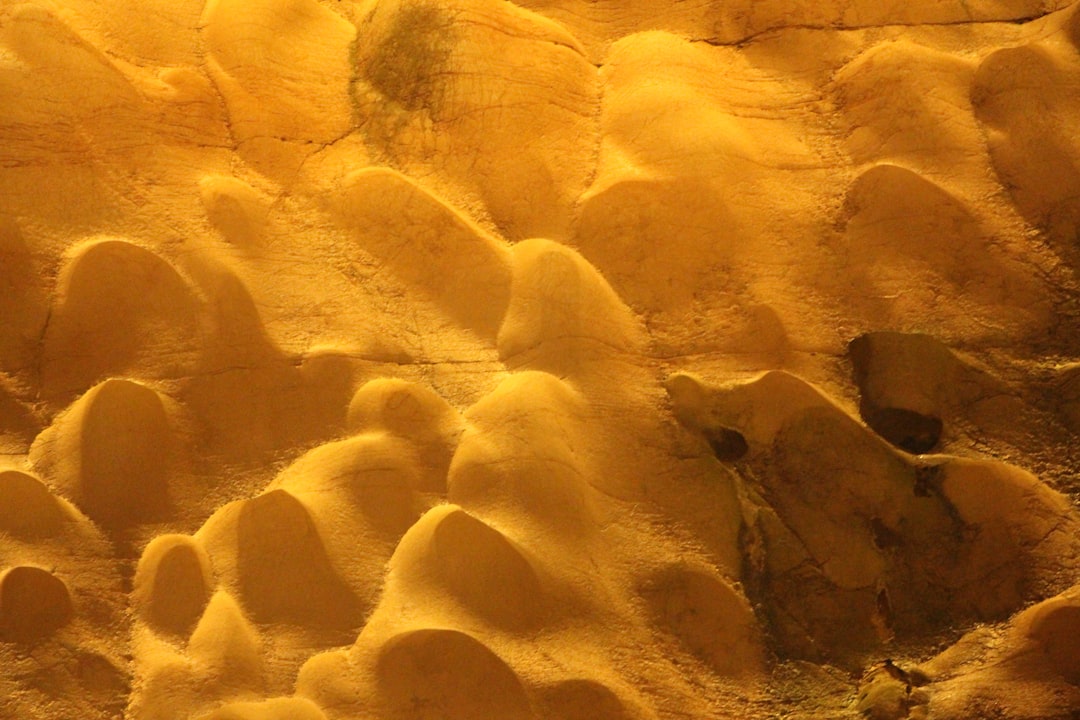What is it about?
The influence of astronomically driven short-term climate change (Milankovitch cycles) on deep-marine turbidite systems is not well-known, particularly in the case of long-term greenhouse intervals with no significant glacioeustatic sea-level fluctuations. This study, carried out at the Gorrondatxe section (Global Stratotype Section and Point for the base of the Lutetian Stage in the western Pyrenees), demonstrates that the characteristics of lower–middle Eocene fan-fringe/basin-plain turbiditic and pelagic deposits varied in line with orbitally forced fluctuations in seasonal rainfall, runoff and terrigenous input to the sea.
Featured Image
Why is it important?
Reduced turbiditic activity during the formation of pelagic limy precessional hemicouplets indicates subdued seasonality and low terrigenous input. Conversely, turbidity currents were more frequent, had greater energy and were more voluminous during the formation of pelagic marly hemicouplets, suggesting precessional hemicycles with strong seasonality and heavy summer rainfall. These differences at precessional time scales were enhanced at maximum eccentricity because turbiditic activity was most intense when boreal summer occurred at perihelion (i.e. maximum seasonality) but declined when it occurred at aphelion. At minimum eccentricity, with relatively weak seasonality throughout one (or more than one) precessional cycle (>21 kyr), turbiditic activity remained relatively low.
Perspectives
The pattern observed at the Gorrondatxe fan-fringe/basin-plain succession implies that the orbitally forced environmental changes must also have affected the inner and middle parts of the submarine fan. The astronomical influence on terrigenous sediment input also determined the changing characteristics of the pelagic sedimentation. Thus, terrigenous sediment contribution to pelagic sedimentation fluctuated by a factor of five during opposite precessional situations at maximum eccentricity, whereas there was almost no fluctuation at minimum eccentricity.
Dr Aitor Payros
University of the Basque Country
Read the Original
This page is a summary of: Orbital forcing in turbidite accumulation during the Eocene greenhouse interval, Sedimentology, April 2014, Wiley,
DOI: 10.1111/sed.12113.
You can read the full text:
Contributors
The following have contributed to this page










